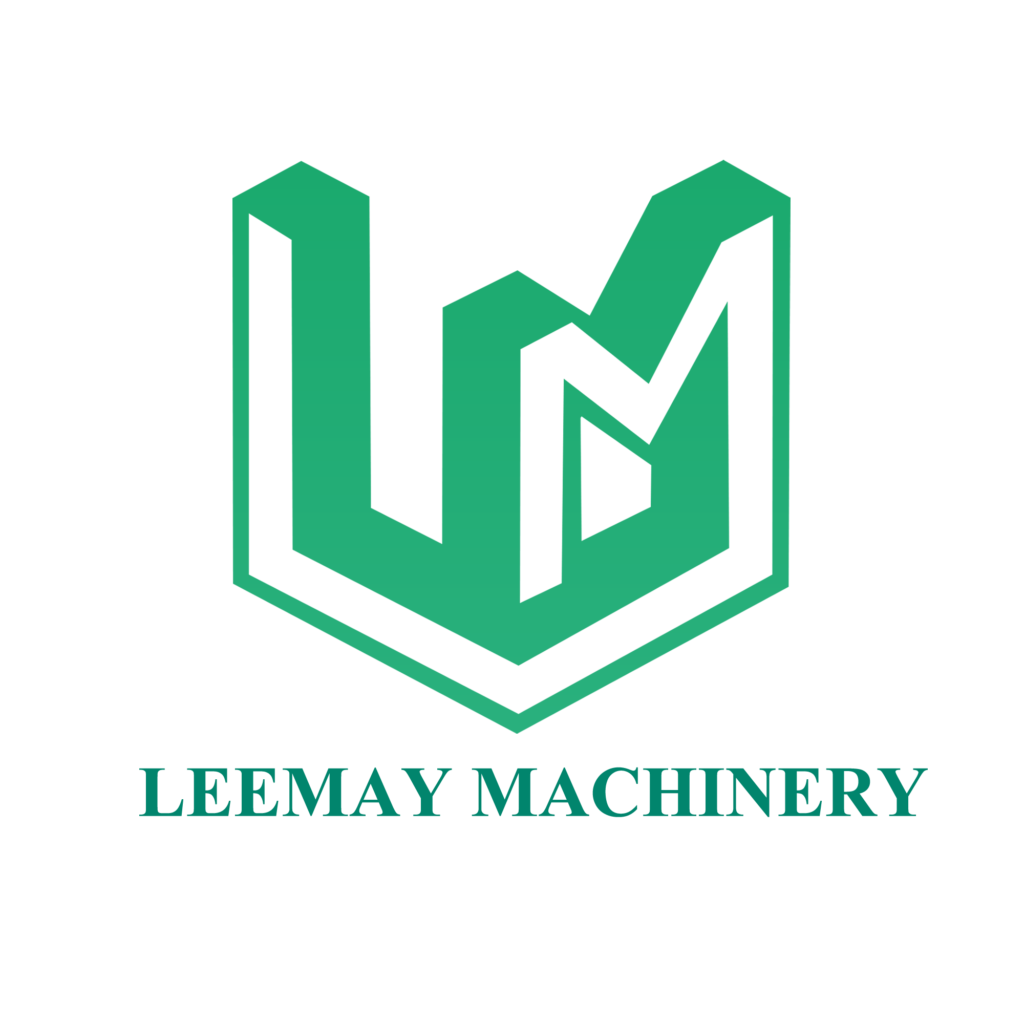
Leemay Machinery shares with you a complete guide on how to select the most suitable iron ore crusher for your plant — from primary crushing to fine crushing, and how to balance efficiency, cost, and long-term performance.
Iron Ore Crushing Process: Key Stages from Coarse to Fine
1. Primary Crushing – The Core Equipment for the First Stage
For the primary stage, jaw crushers and gyratory crushers are most commonly used:
- Jaw Crusher: A traditional choice for coarse crushing, featuring stable structure and wide application. Ideal for small to medium-sized plants.
- Gyratory Crusher: Best suited for large-scale mines, offering strong processing capacity to meet high-output demands and laying a solid foundation for downstream processes.
2. Secondary Crushing – Balancing Efficiency and Cost
- Fine Jaw Crusher: Lower investment and easier maintenance, but with relatively larger discharge size. Best for small plants.
- Cone Crusher: Higher cost and more complex structure, but delivers finer product size and longer wear part life. Ideal for medium to large plants aiming for high efficiency and reduced overall cost.
3. Fine Crushing & Screening – Boosting Dry Separation Efficiency
After secondary crushing, materials are screened with a vibrating screen:
- <10 mm: Goes directly to dry separation.
- 10–40 mm: Proceeds to fine crushing.
- >40 mm: Returned for re-crushing.
Fine crushing equipment options include:
- Hammer Crusher: Low cost but limited efficiency.
- High-Efficiency Fine Crusher / VSI Crusher: Advanced options that improve crushing efficiency, reduce waste, and ensure better product shape.
How to Choose the Right Crusher for Iron Ore
1. Match Crusher with Plant Capacity
- Small Plants (≤500 t/day): Fine jaw crusher + hammer crusher (low initial investment).
- Medium Plants (500–2000 t/day): Cone crusher + high-efficiency fine crusher (balanced performance & cost).
- Large Plants (≥2000 t/day): Gyratory crusher + cone crusher + VSI crusher (high output, low energy).
2. Evaluate Key Performance Indicators
- Discharge size: Adjustable from 3–60 mm, directly affecting dry separation efficiency.
- Processing capacity: 12–1000 t/h to meet different needs.
- Energy consumption: Dual flywheel design saves over 20%.
- Wear part lifespan: High manganese steel hammer extends service life by 30%.
3. Avoid Common Problems of Traditional Crushers
- Blockages: Choose designs without screen bars to handle high-moisture materials.
- Wear Issues: Use bi-directional gap adjustment to extend hammer life.
- Low Efficiency: Double-rotor, two-stage crushing ensures smoother production and higher efficiency.
Leemay Machinery: One-Stop Crushing Solutions
1. Complete Process Flow Solutions
We provide the “Jaw Crusher (Primary) + Cone Crusher (Secondary) + VSI Fine Crusher + Intelligent Screening System” as the golden combination. Tailor-made designs are available based on plant size and ore characteristics.
2. Core Technical Advantages
- Double-rotor two-stage crushing technology: Output below 3 mm reaches up to 90%.
- Centralized lubrication system: Continuous lubrication without stopping.
- Hydraulic casing opening: Fast and safe hammer replacement and maintenance.
- Stable operation with over 20% energy savings.
3. Full-Cycle Service Support
From free on-site inspection, custom process design, equipment installation & commissioning to 24/7 after-sales support, scheduled wear-part replacement reminders, and remote monitoring, Leemay Machinery ensures worry-free operation for every customer.

Leave a Reply